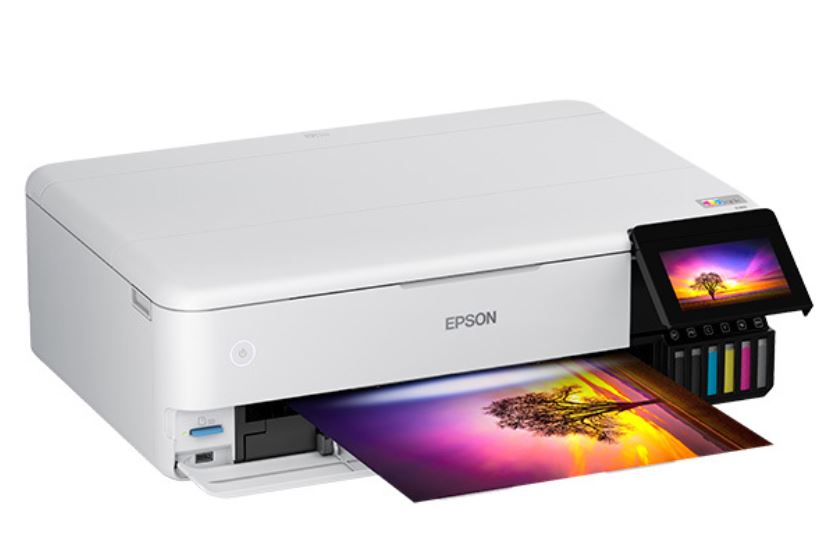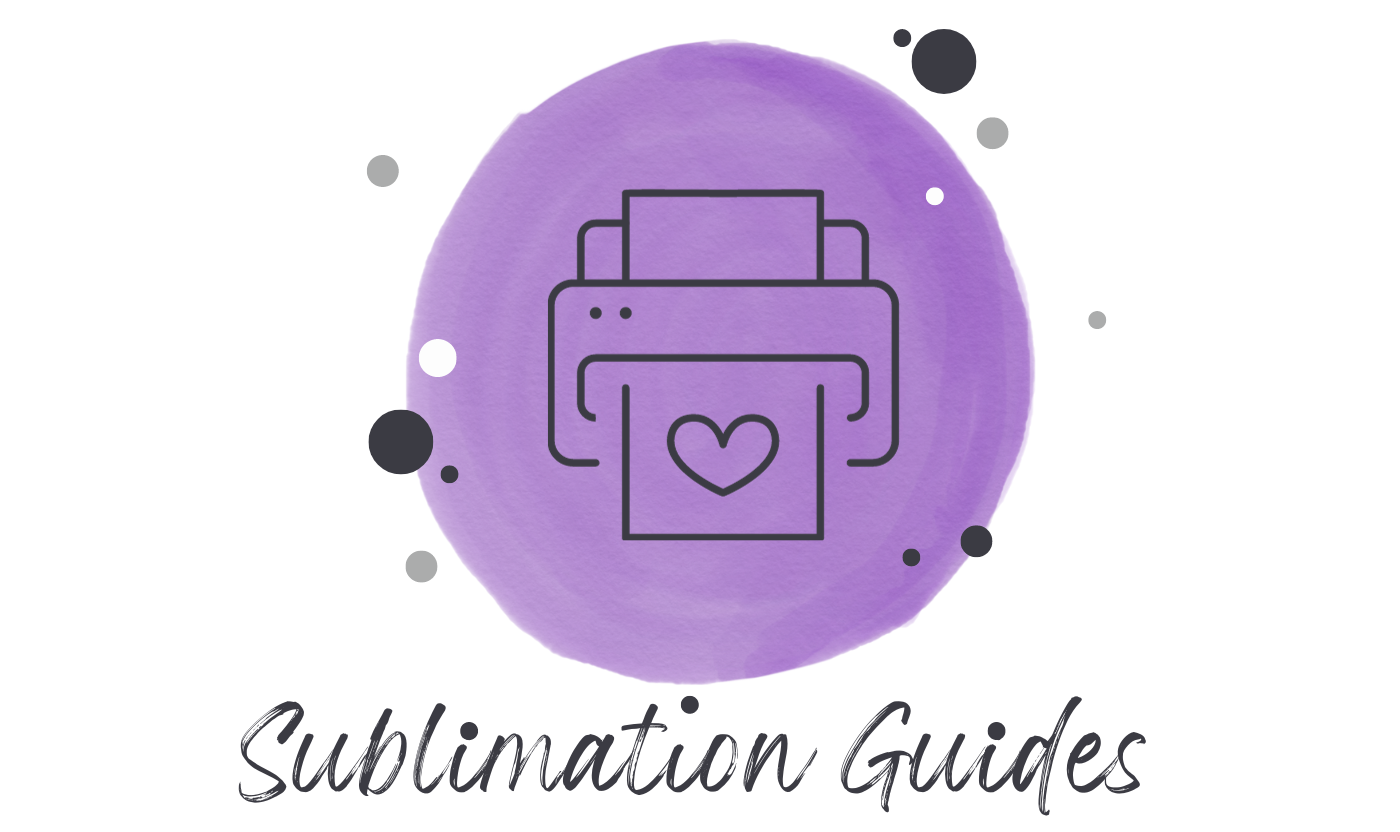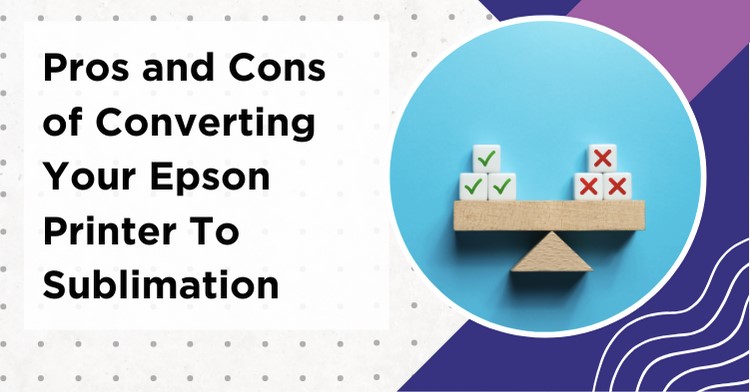You want to convert your Epson printer to sublimation but have some confusion about it. You want to make sure that if you fail to do this what consequences you will have to face it.
Is this conversion really good or not? So today in this article, you will see the pros and cons of converting your Epson printer to sublimation. Let’s Get Started!
First things first!
Can you really convert your Epson printer to sublimation?
Yes, you can convert your Epson printer to sublimation by changing the default ink cartridges with sublimation ink which uses CMYK colors to produce colors.
But how do you do it?
First, you need to know if your printer model is compatible with it or not.
See the list of Epson printers that are convertible to sublimation and proceed further according to the guidelines mentioned in the article.
Ok so now here comes the main topic which is all about the benefits and disadvantages of converting your printer to sublimation.

Contents
Pros of Converting Your Epson Printer To Sublimation
1. High-Quality Prints
One of the biggest pros of converting your Epson printer to sublimation is that it can allow you to produce high-quality prints. With this type of printing, your ink transfers onto the substrate at a higher temperature, resulting in vibrant colors and sharp details.
The prints also tend to be fade-resistant as the ink has been permanently bonded to the substrate. This means your prints will last longer and maintain their original quality.
2. Saves you a lot of money
The first thing that most people face while stepping into sublimation is the lack of enough budget for a good quality sublimation printer. Sublimation printers are not so cheap. They are designed to produce good quality printed designs so the price is also according to the standard.
One of the primary benefits of converting your Epson printer to sublimation is saving money on printing costs over time. Sublimation inks tend to be significantly more cost effective than traditional inks due to their increased durability and longevity; they are able to withstand fading caused by exposure to light much longer than normal inks.
This means that printed items such as t-shirts, mugs, banners, etc., which typically need frequent replacement due to fading will last much longer if printed with sublimation ink instead — resulting in significant savings over time!
But if you already have an Epson printer at home, you can convert it to sublimation allowing you to save a lot of money by not buying a new sublimation printer.
3. Does not require you to be an expert
Converting your Epson printer to sublimation is a surprisingly simple process that does not require extensive technical knowledge or expertise.
All that is required to complete the conversion process is a few simple steps that involve replacing the regular ink cartridges with sublimation cartridges and setting up your printer in a way that supports the new ink type.
With just a little bit of time and effort, anyone can easily convert their existing Epson printer into one capable of using sublimation technology.
Doing this conversion does not require a technician or an expert. Even a beginner with basic knowledge of printing can convert it to sublimation quite easily.
4. Conversion is quite simple and cheap
The conversion process itself is relatively straightforward and cost-effective. All that’s needed are some basic tools, such as syringes, and sublimation ink. Depending on the type of printer being converted, the total cost for supplies may be as low as $30-$40 USD, making it an incredibly affordable upgrade.
As I mentioned earlier, converting your Epson printer to sublimation is simple as well as cheap. All you have to do is just replace the normal ink with good-quality sublimation ink. That’s it!
So yeah! You can easily convert your Epson printer to sublimation.
Cons of Converting Your Epson Printer To Sublimation
1. Voids the Warranty
One of the biggest cons of converting your Epson printer to sublimation is that it will void your warranty. Most warranties on printers and other tech products clearly state that any modifications or changes to the product invalidate the warranty, meaning you won’t receive any free repairs or replacements should something go wrong.
This could mean having to buy a new printer if anything goes wrong with your conversion, which may be more costly than just buying a new printer that already is designed for sublimation printing in the first place.
Converting your Epson printer to sublimation alters the way it is designed for. In fact, doing this voids the warranty and if you convert it within your warranty period, your remaining warranty period will not be valid.
2. No Technical Support
Another downside to converting your Epson printer is that you won’t be able to get technical support from their customer service team anymore.
Even though many tutorials exist online detailing how to convert an Epson printer for sublimation use, you won’t be able to reach out to someone who can answer questions about anything that might go wrong during your conversion process.
Any issues you have with your newly converted printer may need to be resolved by yourself or a third-party company not affiliated with Epson.
Once your warranty period is no longer applicable to the printer, technical support is also not available with it. As the warranty voids, the same is the with the technical support.
3. Can be Risky
Finally, converting an Epson printer for sublimation use can be risky as well. Problems such as overheating and clogging can occur if the conversion isn’t done correctly, which can damage both the machine and the materials you are trying to print on.
Moreover, without the assistance of a professional or any technical support from Epson, it may be difficult or even impossible for inexperienced users to execute a successful conversion and avoid these potential problems in the process.
If not done properly it can be risky too. Why? Because you are playing with its functionality for which it is not designed. So only do it under the supervision of a senior or if you are confident about what you are doing.
My Opinion
I would advise you to convert your Epson printer to sublimation if and only if you don’t have enough budget to go for a pure sublimation printer or you are not sure about sublimation printing’s working cost.
But again, If you can buy a new one, that’s really good. Because a printer that is labeled with sublimation is always recommended in sublimation printing for much better results.
Check out some best Epson printers for sublimation.
FAQ
What are the disadvantages of sublimation printers?
Sublimation printers can be expensive because they need special inks and materials. Additionally, they can print just on specific surfaces, so sublimation printers may not be the best choice for all types of printing needs.
Is it better to buy a sublimation printer or convert one?
It’s often better to buy a dedicated sublimation printer rather than converting one. Dedicated sublimation printers are made for this specific process so you get better results and avoid potential issues that can occur from converting a regular printer.
Do you really need a sublimation printer?
You only really need a sublimation printer if you want to create long-lasting prints on fabrics or specially coated materials. For general printing needs on paper, a regular printer is better and more cost-effective.
Conclusion
So these were the pros and cons of converting your Epson printer to sublimation.
You know that everything has two aspects. The Good One and The Bad One. The same is the case here. I tried my best to explain. Now it’s up to you, if converting your printers is suitable, go for it. Otherwise, you always have the option to go for a new one.
After reading this article, I hope that all your confusion is cleared but still, if there are any, feel free to ask me down below.

Emily loves making things special.
She’s also a mom and a wife who enjoys crafting and runs a small business from her home. She knows that the little things can make a house feel like a warm and loving home. This belief has led her to explore the exciting world of sublimation, a crafty way to add a personal touch to just about anything. Her website shares valuable information about sublimation, her crafty ideas, and tips.


